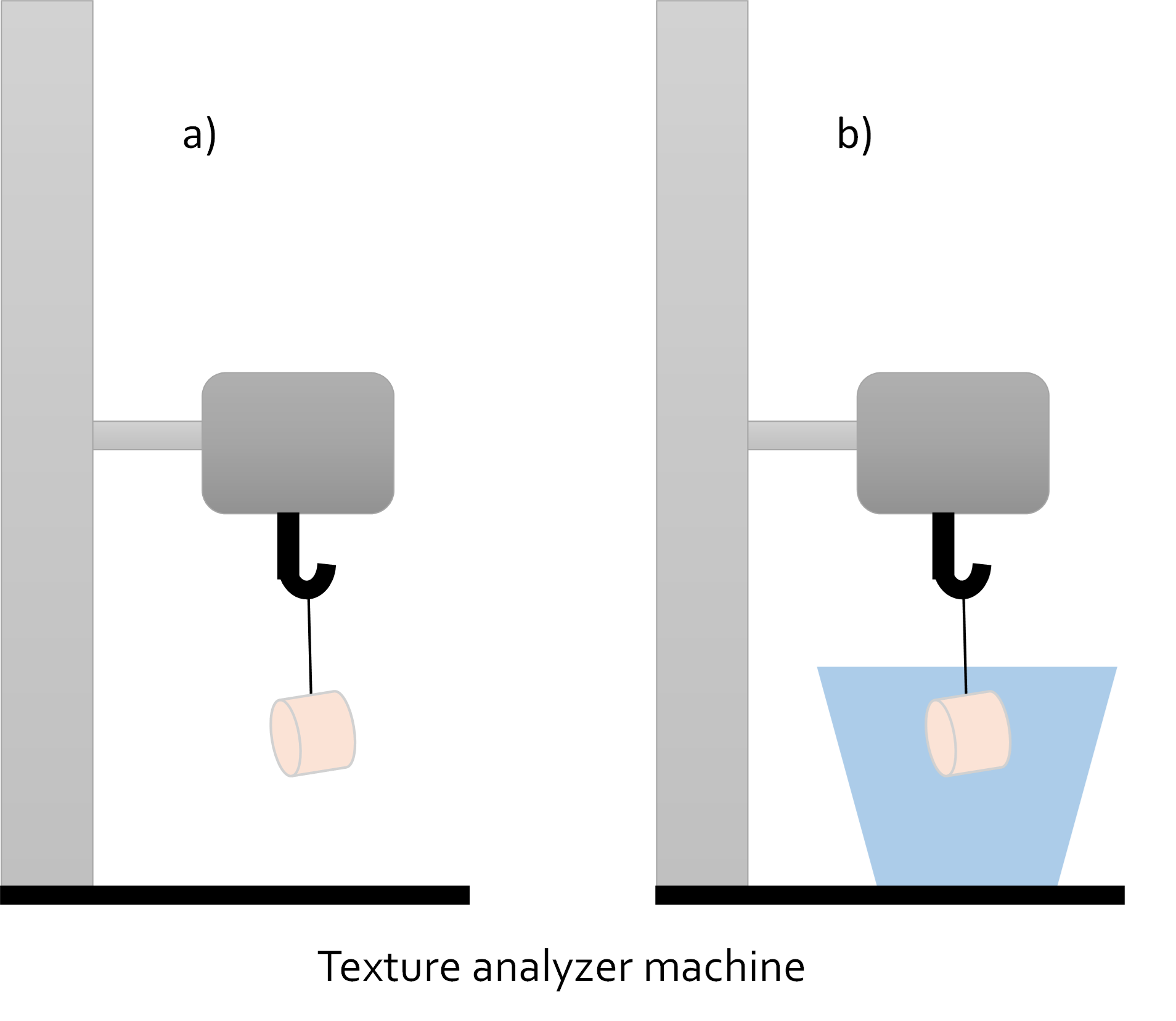Investigating the capability of near-infrared spectroscopy to measure cassava tuber deterioration levels
Main Article Content
Abstract
This research aims to develop a model for assessing the deterioration level of cassava roots using near-infrared spectroscopy techniques. The study focuses on evaluating the capability of measuring the deterioration level of cassava roots from the Kasetsart 50 variety, harvested from a cassava field at ages of 9 and 12 months after planting, with a total of 42 roots. Additionally, samples were collected from a cassava field in Dunsat Subdistrict, Kranuan District, Khon Kaen Province, at the age of 10 months, totaling 21 roots. The model was constructed by scanning within the wavelength range of 500-1100 nm, using a detector installed on the side and connected to the Mini-NIR spectrometer. The data obtained were analyzed for physical and chemical properties over different storage periods. The analysis included brightness (L), color intensity, dry matter content (DMC), and starch content (SC) using ANOVA test. Significant differences were found at a confidence level of 95% for L, a*, b*, SC, and DMC, while the color intensity b* showed no significant difference. The spectroscopic measurements with the NIR Spectrometer indicated important changes in properties. In developing the K-Nearest Neighbors (KNN) model, it was found that using the raw spectrum yielded the highest accuracy at 69%, reflecting the ability to predict the deterioration of cassava roots in the future. This study not only contributes significantly to the knowledge of cassava root deterioration but also provides a recommendation for developing techniques to assess the quality and freshness of agricultural products in the future.
Article Details

This work is licensed under a Creative Commons Attribution-NonCommercial-NoDerivatives 4.0 International License.
References
Office of Agricultural Economics. Report on the volume and value of agricultural and food product exports 2023. Bangkok: Ministry of Agriculture and Cooperatives. 2023.
Kongsil P, Ceballos H, Siriwan W, Vuttipongchaikij S, Kittipadakul P, Phumichai C, Wannarat W, Kositratana W, Vichukit V, Sarobol E, Rojanaridpiched C. Cassava breeding and cultivation challenges in Thailand: past, present, and future perspectives. Plants. 2024;13(14):1899. https://doi.org/10.3390/plants13141899.
Nationthailand. Thailand tops global agricultural exports with durian and coconut [Internet]. 2025 [cited 2025 Jun 14]. Available from: https://www.nationthailand.com/business/trade/40051239.
Statista. Volume of cassava product exports in Thailand 2023, by type [Internet]. 2024 [cited 2025 Jun 14]. Available from: https://www.statista.com/statistics/1391263/thailand-volume-of-cassava-exports-by-type/.
Borku AW, Tora TT, Masha M. Cassava in focus: a comprehensive literature review, its production, processing landscape, and multi-dimensional benefits to society. Food Chem. Adv. 2025;7:100945. https://doi.org/10.1016/j.focha.2025.100945.
Agriculture GI and EWS on FA. Food Outlook, November 2008 [Internet]. 2009 [cited 2025 Jun 14]. Available from: https://www.fao.org/4/ai474e/ai474e06.htm#:~:text=Plant%20construction%20is%20reported%20to,and%20remains%20flat%20in%20Europe.
Zainuddin IM, Fathoni A, Sudarmonowati E, Beeching JR, Gruissem W, Vanderschuren H. Cassava post-harvest physiological deterioration from triggers to symptoms. Postharvest Biol Technol. 2018;142:115-23. https://doi.org/10.1016/j.postharvbio.2017.09.004.
Lamkhak A, Boriboon N, Posom J, Seangprachathanarug K, Wongpichet S. Evaluation of moisture content and higher heating value of bagasse using Fourier transform near infrared spectroscopy. Ag Bio Eng. 2024;1(3):58-65.
Sannarong B, Hongkummueang O, Phoomwarin K, Saenphon C, Saengprachatanarug K, Posom J, Phuphaphud A. An Identification of raw milk samples obtained from estrus and non-estrus dairy cows using Micro-NIR Spectrometer. Ag Bio Eng. 2024;1(1):1-6.
Maraphum K, Saengprachatanarug K, Wongpichet S, Arthit P, Panmanas S, Posom J. Modified specific gravity method for estimation of starch content and dry matter in cassava. Heliyon. 2021;7:e07450. https://doi.org/10.1016/j.heliyon.2021.e07450.
Wholey DW, Booth RH. 1979. A comparison of simple methods for estimating starch content of cassava roots. J. Sci. Food Agric. 1979;30:158-64. https://doi.org/10.1002/jsfa.2740300210.
Rinnan Å, van den Berg F, Engelsen SB. Review of the most common pre-processing techniques for near-infrared spectra. TrAC Trends Anal Chem. 2009;28(10):1201–22. https://doi.org/10.1016/j.trac.2009.07.007.


